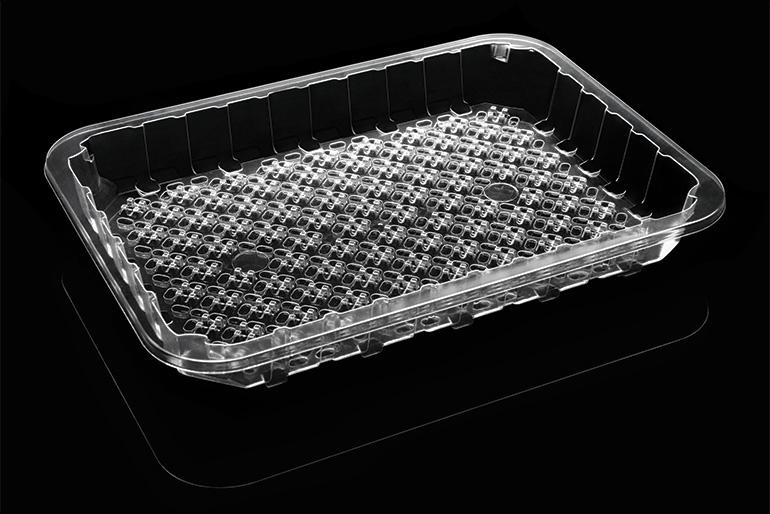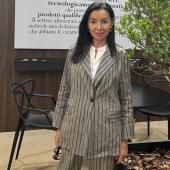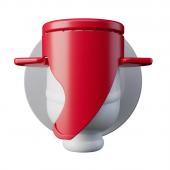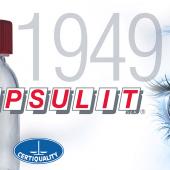Happy Srl | Best Packaging 2023
APS tray - Air Passage System
What is it. Patented plastic tray for packaging fresh food, in stretch or MAP, characterized by a particular relief on the bottom capable of lifting the food and allowing the circulation of air or protective gases around it.
Materials.The polymers that can be used are APET, PP and the main compostable polymers (e.g. PLA and Mater-Bi).
Product or target market. Fresh foods: meats, fish, cold cuts, hard cheeses.
Technology. The manufacturing takes place through a reel extrusion process and subsequently a thermoforming phase, without further processing.
Design and/or communication. The bottom of the APS container is characterized by appropriate reliefs that allow the food to be lifted: the result is a better vacuum efficiency (for Map applications) allowing the protective gases, or air (in the case of stretch applications) to circulate also between the surface of the food and the bottom of the container, where there are also a series of wells for collecting any exudate, thus reducing direct contact between it and the food.
Sustainability. The APS tray aims to improve the circulation of air or protective gases inside the package to avoid browning of the meat or some fish, due to prolonged contact with the bottom of the container and preserve longer the organoleptic characteristics of food and its conservation, contributing to the reduction of food waste. Furthermore, the plurality of wells on the bottom of the APS tray allows to retain the exudate, thus avoiding the application of an absorbent pad. This feature, together with the possibility of producing the container with the use of a mono-polymer, allows greater recovery of internal scraps, which can therefore be easily reintroduced within the production cycle. Even the end life of the product is valued, since the mono-material container, once it is placed in the waste sorting collection by the final consumer, facilitates all the sorting and recycling activities, improving the quality of the secondary raw material obtained and the subsequent re-use inside the container.





















